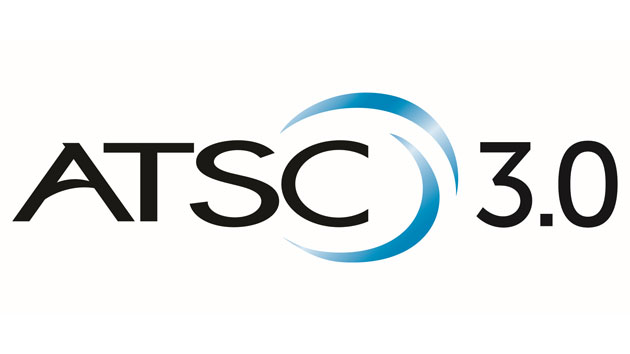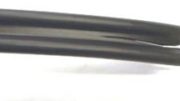Remember when I told you about upcoming ATSC 3.0 tests? It looks like DISH is jumping in with both feet. Check out this announcement:
In a significant convergence of wireless and broadcast technologies, DISH today successfully trialed the transmission and reception of the new broadcast ATSC 3.0 standard as part of the Spectrum Consortium, LLC’s (Spectrum Co.’s) “Next Gen” deployment project in Dallas, Texas. Using its 700 MHz E Block spectrum (former broadcast TV channel 56), DISH deployed on Spectrum Co.’s Garland, Texas, Single Frequency Network (SFN) site, as part of the country’s first major market conversion to the Next Gen broadcast standard. Spectrum Co. is a consortium of broadcasters leading the transition to ATSC 3.0.
You can read the rest of the press release here if you are interested.
What’s interesting here is that DISH has a license for this chunk of spectrum. It’s going to be used for 5G services eventually but is currently part of the broadcast TV allocation. So, it’s actually a very good use of this little bit of radio frequency. It does seem a bit outside DISH’s current wheelhouse but by aligning themselves with giants like Sinclair Broadcast Group in these tests, DISH is being very smart. They are making very valuable friends for the future.
It’s all about timing
It’s no surprise that these tests coincide with the annual NAB convention. The National Association of Broadcasters meets in Las Vegas in the coming days. This is a group of station owners and the people who provide products and services to them. It’s not only the fat cats and the stars of the shows, though. There will be a lot of companies showing technical parts and bits, too. Those companies hope to cash in on ATSC 3.0, which will require a lot of new hardware to implement.
Tests like these will help broadcasters figure out what is technically possible. ATSC 3.0 is as big a jump as the original ATSC 1.0 standard, the one that brought us high definition and digital TV. The real question, though, is whether it brings value to the customer.
I’ve asked that question before and the real answer is that it’s hard to know. There is a broadcaster-friendly way of explaining things, though. It’s fair to say that television broadcasting in the US is threatened in a way that it never has been in the past. It’s not just cable TV anymore— streaming video is now a direct threat to broadcasting.
Streaming video was totally nonexistent before 2000 and it’s really only come into its own in the last five years as internet speeds permit high-quality, uninterrupted broadcasts using the internet. Services like Netflix and Hulu were around before 2010 but certainly weren’t serious competitors in the way they were today.When you look at things that way, you have to realize that broadcasters now need an edge that they didn’t need in the past. With companies like CBS seemingly bypassing local affiliates, the world of the local broadcaster seems increasingly uncertain.
Let’s be honest: we need local broadcasting. We need it to tell us what’s going on in our neighborhoods. If the threat is real, and local broadcasting could be a thing of the past, it makes sense to take steps to prevent that. The real benefit to the consumer is when broadcasting continues, and the way it continues may be ATSC 3.0.





